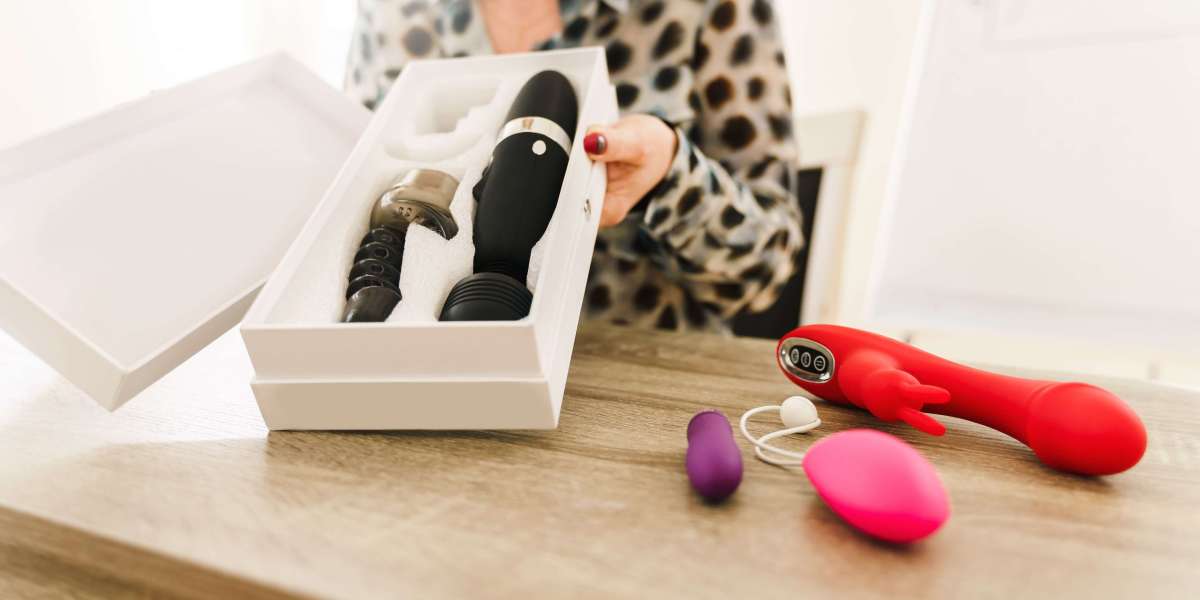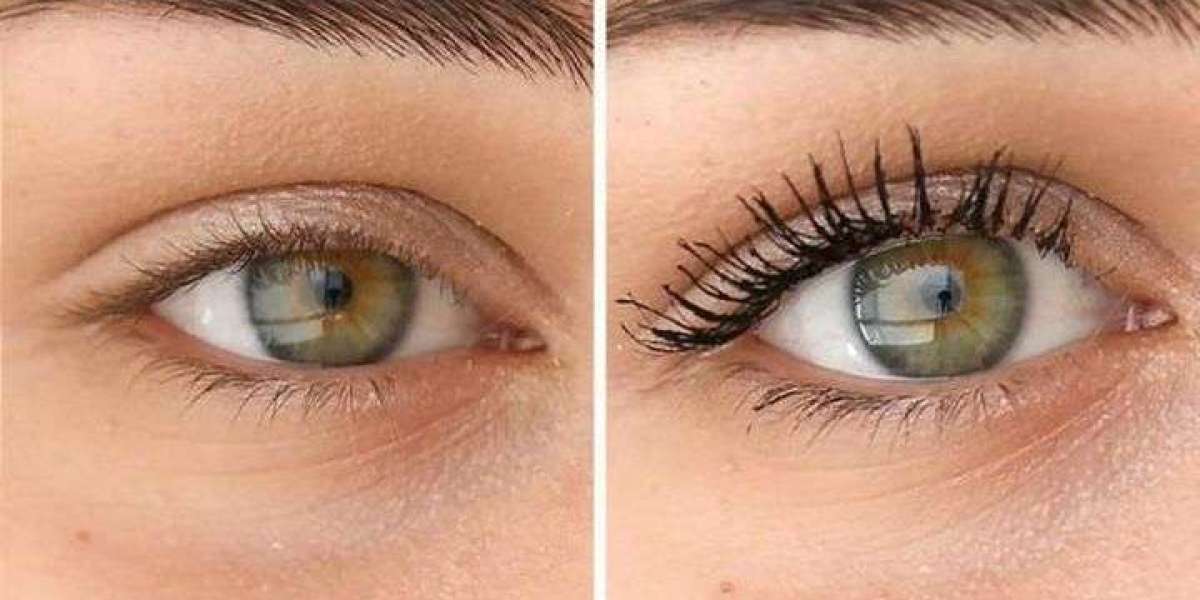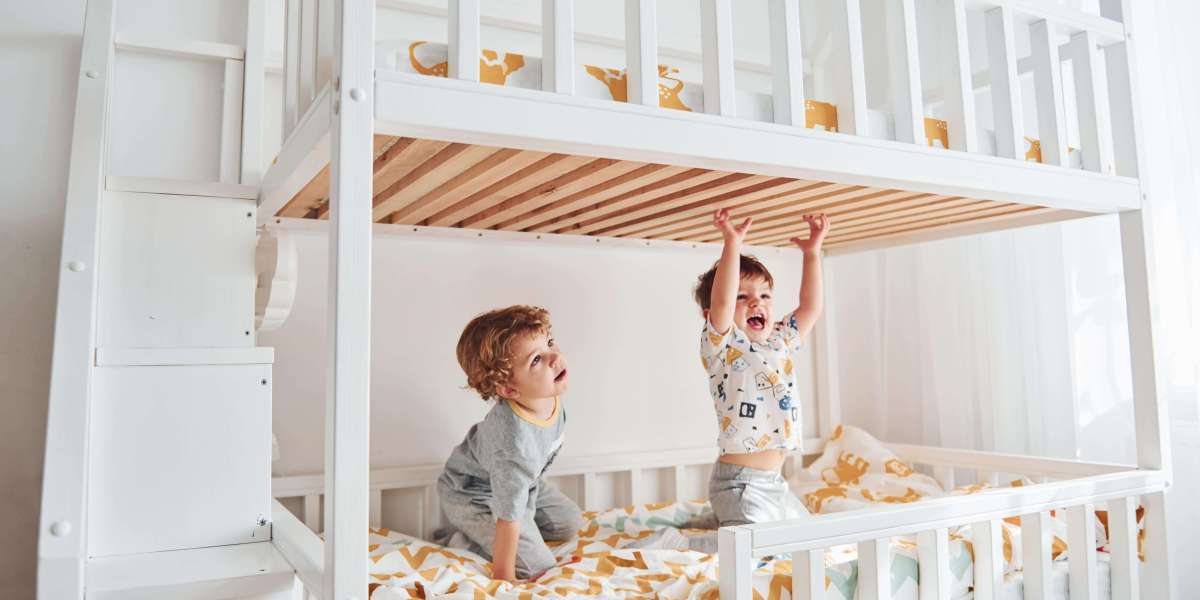Keeping the Purrfect Passage Open: A Guide to Cat Door Maintenance
Cat doors, likewise referred to as pet doors or cat flap for glass door flaps, are a wonderful addition to any home with feline buddies. They offer felines the liberty to check out the outdoors (or designated locations within the home) and eliminate themselves, all while offering owners comfort and lowering the variety of unscripted door-opening requests. Nevertheless, like any other feature of a home, cat doors are not unsusceptible to use and tear. Regular maintenance is necessary to guarantee they continue to work correctly, stay safe and secure, and provide a comfortable and safe passage for your precious cat. Neglecting maintenance can cause a host of concerns, ranging from a stiff and loud flap to a complete breakdown, possibly locking your cat out or, worse, compromising your home's security.

This post will look into the value of cat door maintenance, outlining the needed steps to keep your pet's access point in prime condition. By comprehending the simple maintenance required, you can extend the lifespan of your cat door, guarantee your cat's continued flexibility, and prevent expensive repairs or replacements down the line.
Why Regular Cat Door Maintenance Matters
Keeping your cat flap with lock installation door is more than simply a cosmetic task; it's a financial investment in the functionality, security, and longevity of the feature, in addition to the convenience and well-being of your cat. Here are some key reasons that regular maintenance is essential:
- Ensures Smooth Operation: Dust, particles, and weather components can collect around the hinges and flap of a cat door, causing it to end up being stiff, sticky, or loud when opening and closing. Routine cleaning and lubrication avoid these concerns, ensuring the door runs efficiently and calmly, motivating your cat to use it without hesitation.
- Extends the Lifespan of the Door: Like any mechanical part, cat doors go through wear and tear. Overlooking maintenance can accelerate this process, leading to early damage and the requirement for replacement. Regular cleansing, lubrication, and resolving minor problems without delay can considerably extend the lifespan of your cat door, saving you money in the long run.
- Maintains Security: A properly functioning cat door fitting door need to close securely after your cat passes through. Harmed or incorrectly kept doors might not close entirely, possibly jeopardizing your home's security by leaving spaces that could be made use of by intruders or enable drafts and pests to enter. For electronic or microchip-operated doors, constant maintenance guarantees the locking mechanisms and sensors work reliably, preserving controlled access.
- Avoids Drafts and Energy Loss: A badly preserved cat door can end up being a considerable source of drafts, particularly in colder environments. Spaces around the flap or frame due to damage or particles can let cold air in and warm air out, increasing your energy bills. Proper sealing and weather condition removing maintenance is vital to keep energy efficiency.
- Promotes Hygiene: local cat flap installer doors are exposed to the aspects and can accumulate dirt, mud, and even insect problems with time. Routine cleansing assists preserve a sanitary passage for your cat and avoids the transfer of dirt and germs into your home.
- Reduces Noise: A neglected cat door can become loud, specifically in windy conditions. Squeaking hinges or a rattling flap can be disruptive to both you and your cat. Lubrication and tightening up of loose elements can considerably reduce noise levels.
- Early Detection of Problems: Routine maintenance allows you to examine your cat door closely and determine any possible issues early on, such as cracks, loose screws, or malfunctioning elements. Dealing with these minor issues immediately can prevent them from escalating into more substantial and pricey repair work.
Kinds Of Cat Doors and Maintenance Considerations
While the fundamental maintenance concepts apply across many cat doors, various types might have specific requirements. Here's a quick summary of common cat door types and maintenance factors to consider:
- Basic Flap Doors: These are the easiest and most typical type. Maintenance primarily includes cleaning the flap and frame, oiling hinges, and examining for damage to the flap material (plastic, rubber, or versatile polymer).
- Magnetic Cat Doors: These doors utilize a magnetic collar secret to enable entry only to cats wearing the key. Maintenance consists of the same jobs as standard flap doors, plus ensuring the magnetic system is tidy and without debris. Also, check the collar secret's magnet is still functional.
- Microchip large cat flap installation Doors: These doors use a microchip scanner to acknowledge your cat's implanted microchip, using selective entry. Maintenance includes cleaning, looking for damage, and periodically changing batteries if it is battery-powered. The scanner lens should be kept tidy for trusted chip detection.
- Electronic Neighborhood Cat flap installer, www.repairmywindowsanddoors.co.uk, Doors: These doors might utilize infrared or radio frequency (RFID) innovation for selective entry, often with innovative functions like curfew settings. Maintenance involves cleaning, looking for damage, battery replacement (if suitable), and occasionally recalibrating or reprogramming the electronic elements according to the maker's instructions.
Necessary Cat Door Maintenance Tasks: A Step-by-Step Guide
Developing a regular maintenance schedule will keep your cat door operating optimally. Here's a breakdown of common maintenance tasks:
1. Routine Cleaning (Weekly/Bi-weekly):
- Gather Supplies: You will require:
- Mild soap or cleaning agent
- Warm water
- Soft cloth or sponge
- Paper towels or a clean, dry cloth
- (Optional) Disinfectant wipes (pet-safe)
- Wipe Down the Flap: Use a wet fabric or sponge with soapy water to clean up both sides of the flap. Get rid of any dirt, mud, fur, or insect residue.
- Tidy the Frame: Clean the whole frame of the cat door, both inside and out. Pay attention to corners and crevices where dirt can collect.
- Dry Thoroughly: Ensure all parts are entirely dry to prevent mildew or rust.
- Sanitize (Optional): If wanted, utilize pet-safe disinfectant wipes to sanitize the door and frame, especially if you have numerous felines or wish to maintain additional health.
2. Lubrication (Monthly/As Needed):
- Identify Hinges and Moving Parts: Locate the hinges, rotates, or any other moving parts of the cat door mechanism.
- Apply Lubricant: Use a silicone-based lube spray or a dry lubricant (like graphite powder) specifically developed for hinges and moving parts. Prevent oil-based lubes, as they can bring in dust and become sticky in time. Apply moderately to avoid drips.
- Work the Door: Open and close the cat door flap a number of times to disperse the lube equally and guarantee smooth, peaceful operation. Wipe away any excess lube.
3. Examination and Repair (Monthly/Seasonally):
- Check for Damage: Carefully examine the flap for fractures, tears, or warping. Try to find damage to the frame, weather condition removing, or any locking mechanisms.
- Tighten Up Loose Screws: Check all screws protecting the door frame to the door or wall and tighten up any that are loose. Loose screws can result in instability and drafts.
- Check Weather Stripping: Examine the weather removing around the flap and frame for damage, fractures, or spaces. Change damaged weather condition removing to keep a great seal and avoid drafts.
- Battery Check (Electronic/Microchip Doors): If your door is battery-operated, examine the battery level routinely and replace batteries according to the producer's suggestions. Low batteries can trigger malfunctions and undependable operation.
- Sensor Cleaning (Microchip/Electronic Doors): Gently clean the sensing unit lens with a soft, dry fabric to ensure precise chip or essential detection.
4. Seasonal Maintenance:
- Winter:
- Check for ice accumulation around the flap and frame. Thoroughly remove ice to avoid damage and guarantee smooth operation.
- Guarantee weather condition removing remains in great condition to prevent drafts and cold air entry.
- Summer season:
- Check for insect nests or invasions around the cat door. Tidy away any nests and think about utilizing pet-safe bug spray around the door frame.
- Guarantee appropriate ventilation around the door opening to prevent humidity buildup and possible mildew development.
Tools and Supplies for Cat Door Maintenance
Keeping a little set of maintenance tools and supplies handy will make regular upkeep much easier and more effective. Think about assembling the following:
- Soft cloths and sponges
- Mild soap or detergent
- Silicone lubricant spray or dry lubricant
- Screwdriver (Phillips and flathead)
- Pet-safe disinfectant wipes (optional)
- Replacement weather stripping (if required)
- Small brush for cleaning crevices
- Paper towels
- Replacement batteries (if relevant)
DIY vs. Professional Help
Many regular cat door maintenance jobs are simple and can be quickly handled by house owners. Nevertheless, there are scenarios where seeking professional aid may be recommended:
- Significant Damage: If you find substantial damage to the door frame, flap, or locking mechanisms, professional repair or replacement may be necessary.
- Electronic Malfunctions: Troubleshooting electronic or microchip door malfunctions can be intricate. If you are not sure how to diagnose or repair electronic concerns, seek advice from a professional installer or a certified technician.
- Installation Issues: If you are experiencing persistent problems after installing a brand-new cat door, it may be due to installation mistakes. A professional installer can examine the circumstance and rectify any issues.
Routine cat door maintenance is a basic yet important aspect of accountable pet ownership for those who select to supply their feline pals with this liberty. By devoting a little quantity of time to cleaning, lubricating, and inspecting your cat door, you can guarantee its ongoing smooth operation, longevity, security, and health. A well-maintained cat door offers your cat with consistent access to the outside world (or designated indoor areas), contributing to their happiness and wellness, while likewise providing comfort for you. Taking proactive steps to look after your cat door will keep the purrfect passage open for many years to come.
Frequently Asked Questions about Cat Door Maintenance
Q: How often should I clean my cat door?
A: Aim to clean your cat door weekly or bi-weekly for fundamental flap doors. For electronic or microchip doors that might collect more dirt around the sensing unit areas, weekly cleansing is suggested.
Q: What kind of lube should I utilize on my cat door hinges?
A: Silicone-based lube spray or dry lubricant (like graphite powder) is advised. Avoid oil-based lubricants as they can attract dust and end up being sticky.
Q: How do I clean up a microchip cat door sensing unit?
A: Use a soft, dry fabric to carefully wipe the sensor lens. Avoid utilizing liquids or abrasive cleaners, as they could harm the sensor.
Q: My cat door flap is sticking. What should I do?
A: First, clean the flap and frame thoroughly. Then, apply a small amount of lube to the hinges and moving parts. If the sticking continues, look for any damage to the flap or frame and think about tightening screws or changing the door positioning.
Q: How do I understand when to change the batteries in my electronic cat door?
A: Electronic cat doors generally have a low battery indicator light or warning signal. Describe your door's manual for particular instructions on battery replacement. It's a good practice to change batteries proactively, possibly every 6-12 months depending on use and battery type.
Q: Can I utilize household cleaners to clean my cat door?
A: Yes, you can use mild soap or cleaning agent watered down in warm water. Prevent severe chemicals or abrasive cleaners that could damage the door product. Make sure any cleaning products are pet-safe.
Q: My cat door is letting in drafts. How can I repair this?
A: Inspect the weather condition stripping around the flap and frame. Change any broken or used weather removing. Make sure the door frame is safely set up and tighten any loose screws. You can also consider including additional weather condition stripping or a draft excluder particularly designed for pet doors.









